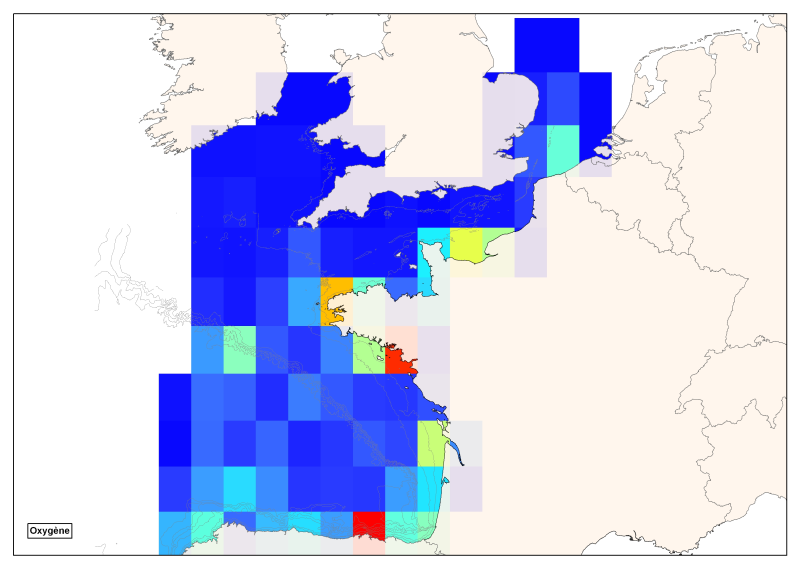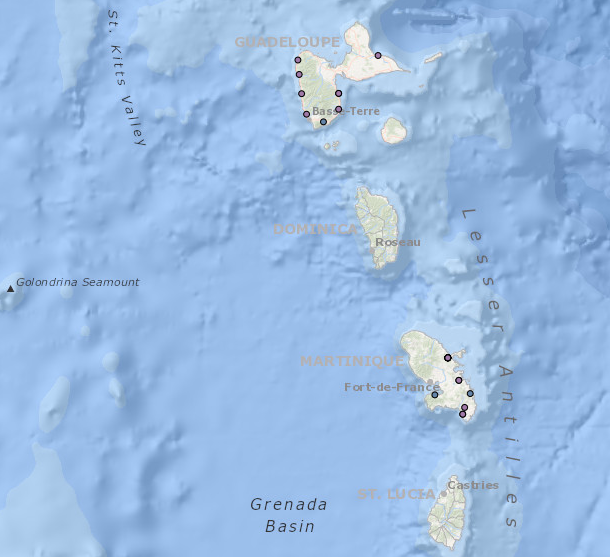English Channel
Type of resources
Available actions
Topics
Keywords
Contact for the resource
Provided by
Years
Formats
Representation types
Update frequencies
status
Scale
Resolution
-
Map of the sedimentation rates within the French metropolitan EEZ produced in the work-package 3 (seabed substrate) of the European project EMODnet Geology. This version of the dataset corresponds to the phase III of the project.
-
Aggregates map at 1 : 100 000 of the French metropolitan EEZ produced in the work-package 5 (coastline behavior) of the European project EMODnet Geology. This version of the dataset corresponds to the phase III of the project.
-

3D seasonal salinity field (in Psu) obtained by objective analysis (interpolation) of the raw data in situ at 5m depth. Within the Bay of Biscay Challenge and the programme of the Operational Coastal Oceanographic Centre Prévimer, the services of SISMER DYNECO-PHYSED of IFREMER have built a joint hydrological database of the Bay of Biscay, from CTD measurements, Bouteilles, XBT / MBT and Profileurs from multiple global data centres to achieve a climatological atlas of the region for temperature and salinity.
-
Aggregates map at 1 : 250 000 of the French metropolitan EEZ produced in the work-package 7 (marine minerals) of the European project EMODnet Geology. This version of the dataset corresponds to the phase IV of the project.
-
Geomorphologic map at 1 : 500 000 of the French metropolitan EEZ produced in the work-package 4 (sea-floor geology / geomorphology) of the European project EMODnet Geology. This version of the dataset corresponds to the phase IV of the project.
-

Spatial distribution for nutrients data (silicate, nitrate, nitrite, ammonium and phosphate) for all maritime regions in the English Channel and North Sea, the Celtic Seas and the Bay of Biscay. The temporal extent of the data is from 1930 to 2010, most being between 1974 and 2007 with a peak in 1999.
-
Physiographic domains map at 1 : 500 000 of the French metropolitan EEZ produced in the work-package 4 (sea-floor geology / geomorphology) of the European project EMODnet Geology. This version of the dataset corresponds to the phase IV of the project.
-

Division of French metropolitan territories to define the zones contributing to the pollutant flow carried by rivers to the sea.
-

Spatial distribution of all oxygen data in degrees integrated vertically and horizontally for all sub-regions of the English Channel, the North Sea, the Celtic Seas and the Bay of Biscay.
-

 Catalogue PIGMA
Catalogue PIGMA